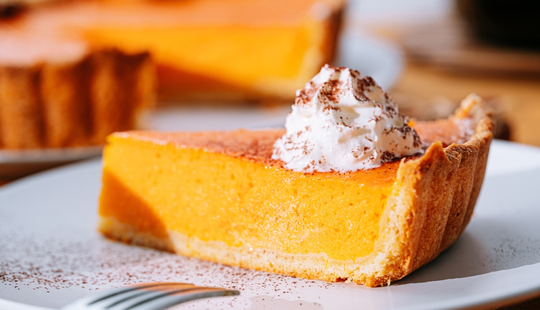Utilize Comfort Foods Creatively During the Holidays
By AccentCare
As the holidays approach, fond memories surrounding traditions often resurface for our patients and families. Many of these traditions likely involve foods that we find so comforting during this time of year. With culinary culture in the center of many traditions, there may be concerns regarding how to incorporate them into a patient or resident’s holiday. Whether the patient faces challenges with eating, or they still have their appetite, there are many ways to enjoy traditions that bring comfort and joy this holiday season.
Embrace Tradition
This may be the last holiday for a patient or resident. If they are able to consume food and beverages without any challenges this holiday season, then we can enhance the quality of their care by working to help them cherish a traditional meal together.
-
Take into consideration any requests your patient expresses; whether it is for a special dish or for them to assist you in preparation, enjoy the memories that will be made this holiday season.
-
Consider involving family or friends to help make their loved one’s secret recipe with them so they can write down the recipe to use during holidays to come.
-
We all have unique traditions. Take some time to ask some questions about your patient, either to them or their loved ones, and learn about the cultural, religious, and family traditions that they may enjoy.
Modify Comfort Foods
If a patient has challenges with chewing or swallowing, offering holiday foods in a modified texture will allow them to actively participate in the holiday meals. A speech language pathologist may have evaluated the patient and recommended the safest diet consistency for them to consume. Following those guidelines for diet texture will allow patients to safely enjoy the meals.
For example, if someone has difficulty chewing, providing soft foods, foods diced into small pieces, or foods soaked with gravy can help ease chewing challenges. A hospice team can assist with a plethora of resources to help you and your team navigate modifying food textures.
Comfort Feeds with Comfort Foods
While food is the center piece of many holidays, intake typically declines as the patient enters their last few weeks of life. Comfort feedings may occur by providing small amounts of the patient’s favorite holiday recipes when and if the patient shows interest in them. The food should not be forced for consumption, but rather offered to the patient to provide nostalgia. It should provide sentimental value and a feeling of comfort. An example of this could be a teaspoon of pumpkin pie or sweet potato casserole. During end of life, patients generally do not feel a sense of hunger, but offering foods with sentimental value can provide a feeling of well-being.
Work to help families understand that the memory or sensation is likely more important than caloric intake. Many cultural and familial traditions associate feeding with caring, and families may express concern that their loved one isn’t being adequately cared for if they cannot provide them with food. Help them understand that the nutritional needs of dying patients change over time and they are providing deep and comforting care by simply offering small nostalgic tastes or samples.
Comforting Smells
If a patient shows no interest in consuming food, consider some aromatherapy. Filling the patient’s room or residence with warm smells can be reminiscent of the smells that may have filled their home during holidays past. Aromas can ignite fond memories. This is a safe way to honor traditions and provide comfort.
Non-Food Activities
A patient may be receiving nutrition through a tube feeding and show no interest in comfort feeds, but may still be able to respond to stimuli. Rather than focusing on food, engage the patient in non-food other holiday activities. It could be something as simple as building wreaths and having the patient pick out the bow or decorations for the wreath. Perhaps it’s watching a favorite holiday show or movie. Moving the focus away from food can allow the individual to fully participate in the activity.
There are many ways to honor traditions surrounding food which is meant to provide a feeling of wellbeing to patients. Your hospice team is here to provide you with guidance about how to provide additional comfort for patients during the holiday season.
